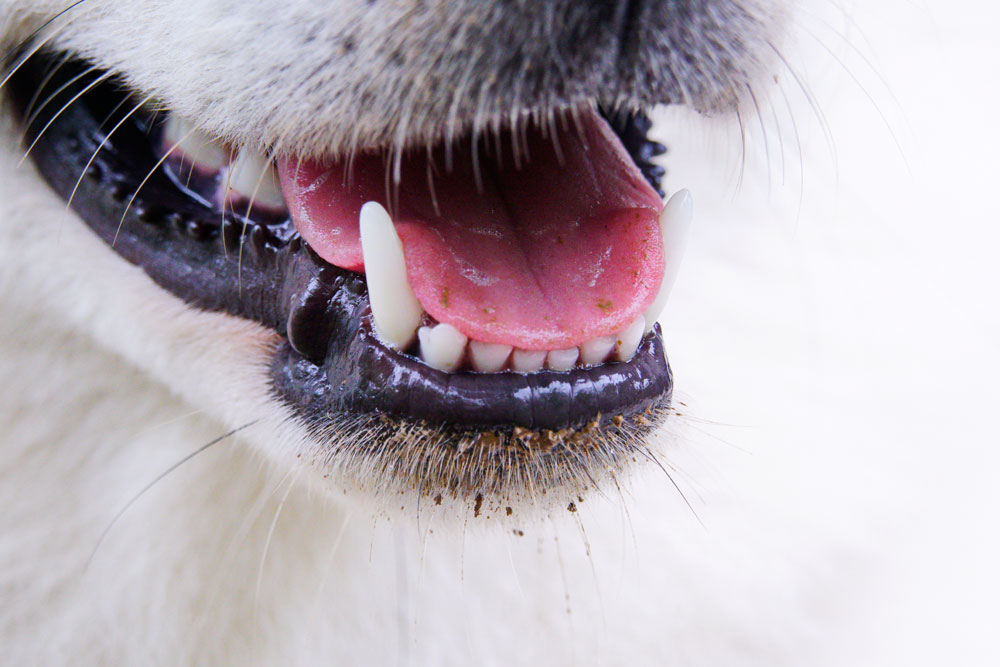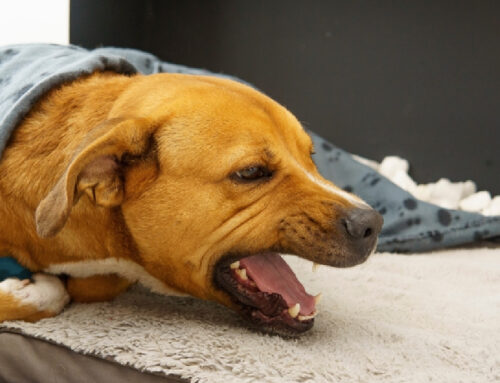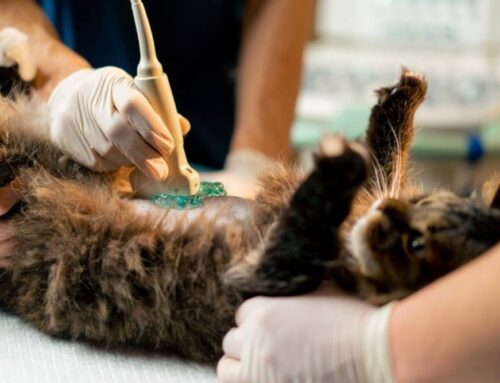Just like in humans, dental care is an important part of your pet’s overall health. Here’s a step-by-step guide to keeping those chompers sparkling white at home.
Step 1
Start brushing your pet’s teeth early—8 to 12 weeks old is best. If you brush every day, your pet will become familiar with the routine when their permanent teeth erupt. Please note: You may need to stop brushing while your pet loses her baby teeth. Her mouth will be a bit sore and handling may cause more pain. Continue once all permanent teeth come in.
Step 2
Work with your pet’s mouth. Be patient and make it fun. Use love and praise, and try to practice at the same time each day to establish a routine. Choose a quiet time, such as late in the evening. Or, if your pet is highly motivated by food, try just before dinner so she’ll be rewarded for her cooperation.
Step 3
Handle your pet’s muzzle and touch her lips. Work up to rubbing the teeth and gums with your finger. Put a few drops of water flavored with low-sodium chicken or beef bouillon for dogs and tuna juice for cats in your pet’s mouth and she’ll begin to look forward to these sessions.
Step 4
Rub the teeth gently with a bouillon- or tuna flavored washcloth or a piece of gauze wrapped around the end of your finger.
Step 5
Finally, use a finger brush or a soft veterinary or human toothbrush to brush the teeth using the bouillon water or tuna juice. Hold the brush at a 45- degree angle to the tooth and brush gently back and forth or in a circular pattern from gum to tip. Brushing the tongue side of the teeth is less critical, but still good. Offer rewards and treats when your pet allows you to brush.
Step 6
Consider other dental aids. A large selection of veterinary toothpastes, oral rinses, and gels are available to you. Our veterinary team can help you select the right one for you and your pet. These products all enhance your home care program, but daily brushing is best. Avoid human toothpaste because fluoride and detergents can be harmful if swallowed. Hydrogen peroxide can be harsh on the gums and shouldn’t be swallowed either. Baking soda has a high sodium content and should be avoided in older pets.
Step 7
Pick kibble and rubber chew toys that will help keep the teeth clean. Avoid natural bones, which are hard enough to fracture teeth. Our veterinary team can recommend a complete and balanced professional diet to use at feeding time and as a treat.








Leave A Comment